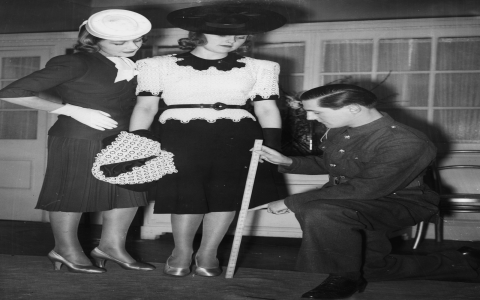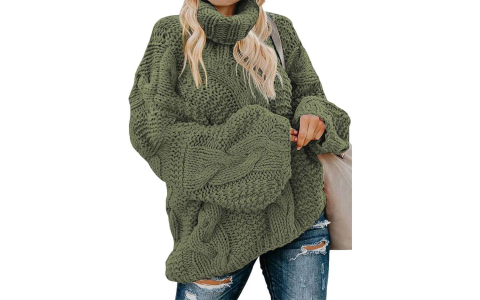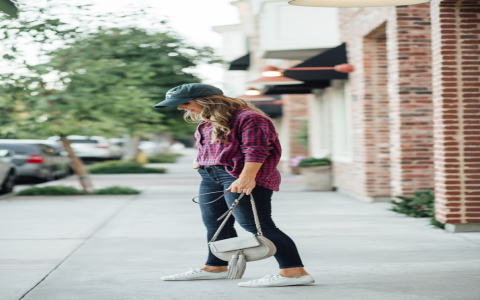Alright, so I decided to dive into something I’ve been calling “models of the 40s.” Had this itch, you know? Thought it would be a neat little side project, maybe recreate some classic designs, get that whole vintage aesthetic going. Sounded like a good way to spend some evenings, flex some creative muscles.
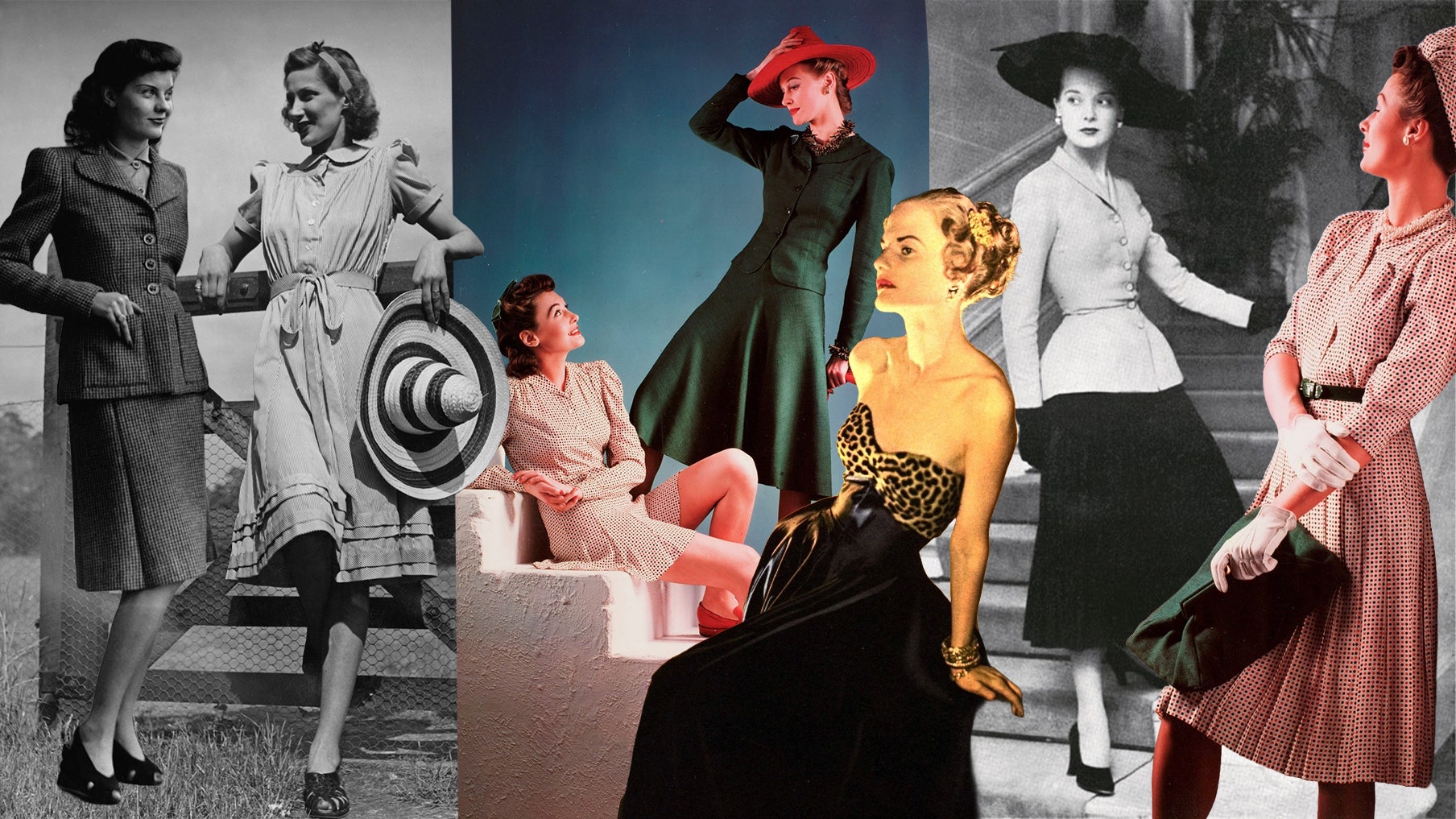
My First Steps and Stumbles
I started off pretty optimistically. Gathered up what I thought were good reference materials – old photos, some sketches I found online, that sort of thing. Fired up my usual software, ready to get cracking. I figured, how hard could it be? Shapes are shapes, right? Well, that’s where the trouble really began to brew. It wasn’t about just making shapes; it was about capturing a feel, a certain… weight, I guess. Things from that era, they had a different presence.
The first hurdle was the references themselves. Turns out, crystal-clear, high-resolution images from the 1940s aren’t exactly falling off trees. I spent hours, and I mean hours, just trying to decipher blurry details or guess what a certain curve looked like from a different angle. It was like being a detective, but the clues were all smudged.
The Real Grind
Then came the actual process of trying to bring these things to life. Here’s what I kept running into:
- Modern tools, old souls: My software is all about precision, clean lines, perfect symmetry. But the charm of a lot of those 40s designs is that they weren’t always perfectly mathematically correct. They had a human touch, slight imperfections that gave them character. Trying to intentionally create “good” imperfections with tools designed for perfection? Man, that was a headache. It felt like trying to write poetry with a calculator.
- The ‘vibe’ is elusive: It’s more than just getting the silhouette right. There’s a certain solidity, a kind of optimistic yet utilitarian feel to many things from that period. Translating that into a digital model was way harder than I anticipated. My early attempts just looked… bland. Like a modern imitation, not the real deal.
- Materiality matters: So much of that era’s feel came from the materials – Bakelite, heavy chromed metal, rich woods. Simulating that convincingly, especially when you’re working from less-than-stellar visual references for texture, well, that’s a whole other can of worms.
I found myself wrestling with the tools more than actually creating. I’d make something, look at it, and it just wouldn’t click. It’d be technically okay, but the spirit wasn’t there. I tweaked, I adjusted, I started over on a few pieces more times than I care to admit. It was a slow, sometimes infuriating, process. I’d build something up, then tear it down. Get one part looking decent, then struggle to make the rest of it match that same feel.
It kind of reminded me of this old workshop I used to visit as a kid. The old guy there, he worked with his hands, with tools that were probably older than he was. Everything he made had this incredible character. My super-advanced software felt clumsy trying to replicate that organic quality.
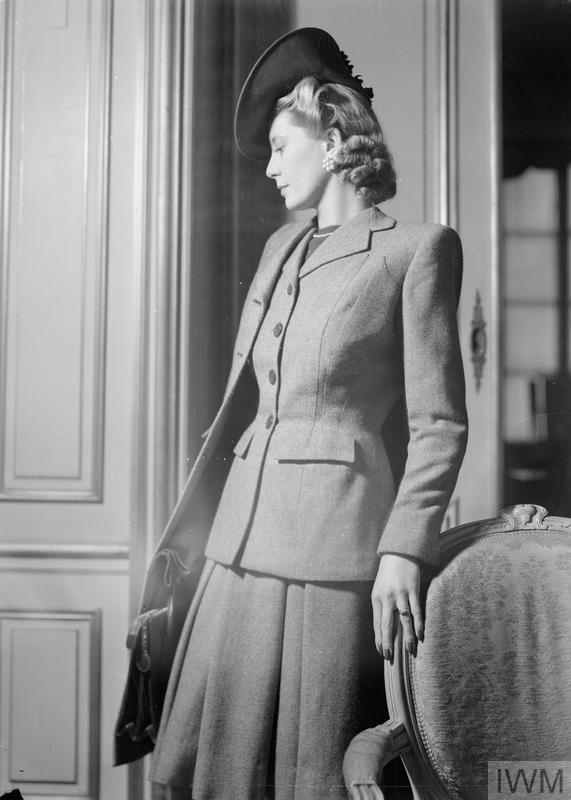
Where I’m At Now
So, where did this “models of the 40s” adventure lead me? Well, a lot of half-finished files on my hard drive, that’s for sure. And a newfound respect for the folks who designed and built things back then with far fewer resources than I have at my fingertips. I haven’t given up entirely, but I’ve definitely put that particular project on a slower simmer. I realized I needed to step back, maybe study the era more, not just the objects themselves but the whole context.
It was a good reminder, though. Sometimes the simplest-sounding projects can teach you the most, usually by showing you just how much you don’t know. And that pushing against the grain of your tools can be frustrating, but also kind of eye-opening. Maybe I’ll pick it up again when I’ve built up a bit more patience. Or perhaps I’ll just stick to admiring the originals – they definitely got it right the first time around.
